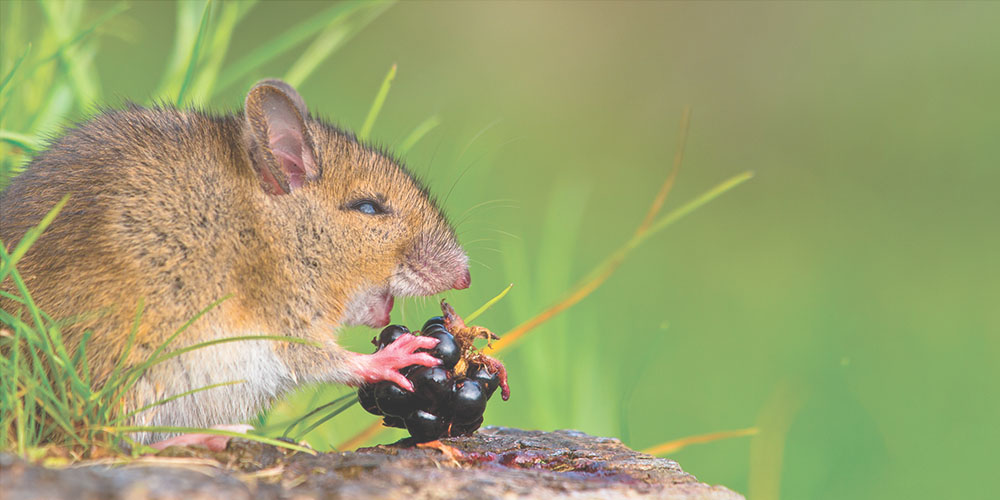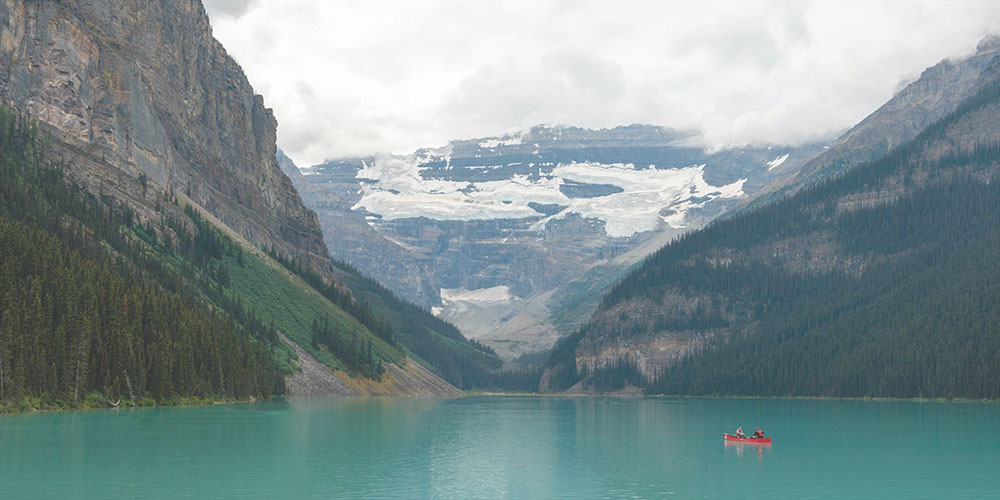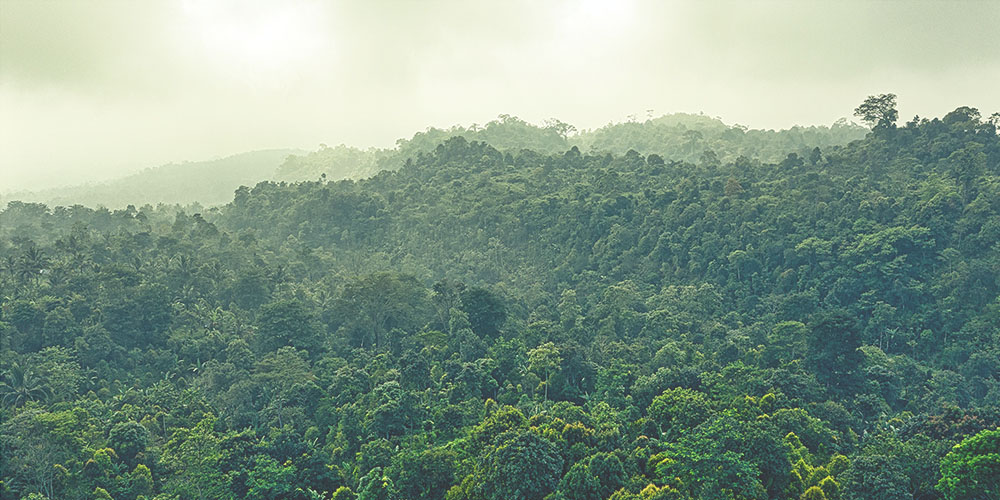Find Activities and Curriculum
Inspire young people connect with the environment through hands-on, multidisciplinary
activities for all
grades, settings and subject levels
Filter Selected:
Global Invaders
Students research invasive species in the United States and then investigate the presence and effects of invasive species in their own community.
Regional Community Issues: The Ogallala Aquifer
Students investigate a regional issue as they adopt the roles of shareholders and debate solutions to the depletion of North America’s largest aquifer.
Far-Reaching Decisions
Students develop graphic organizers and creative presentations to illustrate how individual decisions can impact the local environment, as well as distant communities. They also measure their own ecological footprint.
Vision for the Future
Student teams develop and present a vision for the future of an area in their community.
Green Space
Students investigate green infrastructure and native plant communities at the neighborhood, community, and regional scales. They also explore the dual needs to accommodate population growth and to protect green space and native plant communities.
Neighborhood Design
Students explore the current layout of their neighborhoods, critically evaluate a variety of development options, and formulate ideas for guiding further growth in their communities.
Mapping Your Community Through Time
Student teams investigate the social, cultural, economic, aesthetic, and environmental components of their community to create map overlays and reports describing the development of their community through time.
Community Character
Students explore community character and investigate ways that communities, including their own, are responding to growth and development pressures.
Personal Places
Students investigate and report on their connection with a special place and with their greater community.
Researching Forests Around the World
Students explore their connections to the world’s forests by researching a forest in another country or region and by creating a profile about that forest.
Making Consumer Choices
Using paper as an example, students analyze the life cycle and consumption patterns of forest products, and identify the international dimensions of product use. They then draw conclusions about consuming forest products in a more intelligent way.
Exploring the World Marketplace
Students conduct a simulation in which countries use their forest resources to “manufacture” products and to sell them to an international trader. Through the simulation, students explore some of the tradeoffs of resource use.
Seeking Sustainability: A Global Response
Students consider indicators that a forest is sustainable, and learn about one international initiative for monitoring forest sustainability. They also find out what is being done locally and in other countries to determine sustainability.
Understanding the Effects of Forest Uses
In this activity, students analyze the effects of different ways that people use the world’s forests and determine which effects may be sustainable according to one definition.
Analyzing Patterns of Forest Change
Students analyze factors that can change forests by using data sets, maps and other information. They also examine projections about future climate conditions and explore how these factors may change forests in the 21st century.



